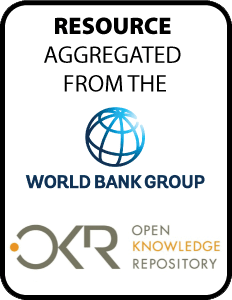Rural Roads and Local Market Development in Vietnam
The authors assess impacts of rural road
rehabilitation on market development at the commune level in
rural Vietnam and examine the variance of those impacts and
the geographic, community, and household factors that
explains it. Double difference and matching methods are used
to address sources of selection bias in identifying impacts.
The results point to significant average impacts on the
development of local markets. They also uncover evidence of

